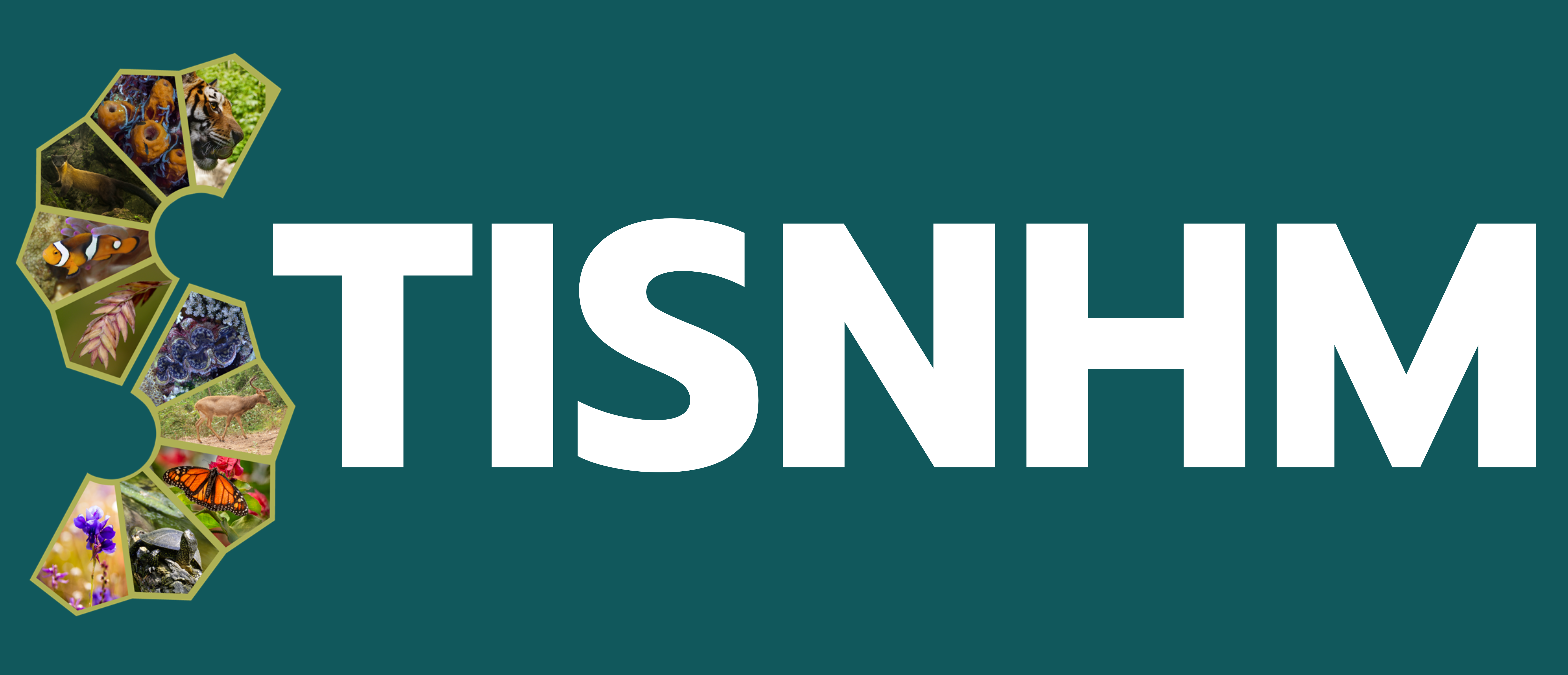- 15 views
Abstract
การศึกษาครั้งนี้ มีวัตถุประสงค์เพื่อสำรวจความต้องการของผู้มีส่วนเกี่ยวข้องในการพัฒนาหลักสูตรการเรียนรู้ด้านความหลากหลายของทรัพยากรธรรมชาติและมรดกทางวัฒนธรรมภากตะวันออก ภายใต้แผนปฏิบัติการวิจัยศูนย์การเรียนรู้ตลอดชีวิต อพ.สธ.-ม.บูรพา (สนองพระราชดำริโครงการอนุรักษ์พันธุกรรมพืชอันเนื่องมาจากพระราชดำริสมเด็จพระเทพร้ตนราชสุดาฯ สยามบรมราชกุมารี) กลุ่มตัวอย่าง คือ สถาบันการศึกษา จำนวน 197 แห่ง และองค์กรปกครอส่วนท้องถิ่นจำนวน 213 แห่ง ในเขตภาคตะ วันออก เครื่องมือวิจัย ได้แก่ แบบสำรวจความต้องการ สถิติที่ใช้ ได้แก่ ความถี่และค่าร้อยละ ผลการวิจัย พบว่า 1) กลุ่มตัวอย่าง เป็นเพศชาย คิดเป็นร้อยละ33.5 และเพศหญิง คิดเป็นร้อยละ 66.5 จังหวัดที่ตอบแบบสำรวจมากที่สุด คือ จังหวัดชลบุรี คิดเป็นร้อยละ 21.7 และผู้ตอบแบบสำรวจเป็นครูผู้สอน มากที่สุด คิดเป็นร้อยละ 36.3 2) ลักษณะหลักสูตรที่ต้องการ คือ 2.1) หลักสูตรแบบบูรณาการ คิดเป็นร้อยละ 34.4 2.2) หลักสูตรระดับมัธยมศึกษาตอนต้น คิดเป็นร้อยละ 24.4 2.3) หลักสูตรควรเชื่อม โยงกับสถานศึกษา ชุมชน และ องค์กรปกครองส่วนท้องถิ่น คิดเป็นร้อยละ 75.6 และ 2.4) องค์กรที่ควรนำหลักสูตร ไปใช้ คือ สถานศึกษา คิดเป็น ร้อยละ 51 3) หัวข้อหลักสูตรที่ต้องการมากที่สุด คือ มรดกทางศิลปวัฒนธรรมภากตะวันออก คิดเป็นร้อย
ละ 733 4) ความต้องการสนับสนุนช่วยเหลือ คือ ด้านนักวิชาการและผู้ชี่ยวชาญ คิดเป็นร้อยละ 76และ 5) องค์ประกอบที่ควรมีในหลักสูตร ได้แก่ ชื่อหลักสูตร วัตถุประสงค์ของหลักสูตร สาระสำคัญของหลักสูตร กระบวนการเรียนรู้ สื่อการเรียนการสอน และการวัดประเมินผล ข้อเสนอแนะ ได้แก่ครรมีความร่วมมือกันระหว่างหน่วยงานในการพัฒนาหลักสูตร การสนับสนุนด้านบุคลากรและงบประมาณ มีการจัดตั้งเป็นศูนย์การเรียนรู้ท้องถิ่น และการทำกิจกรรมแบบลงพื้นที่จริง เช่น การจัดค่ายการฝึกอบรมเชิงปฏิบัติการ เป็นต้น
Abstract
The purpose of this research was to survey of needs of curriculum development in natural diversity and cultural heritage for the castern region of Thailand. This rescarch was under "RSPG-BUU Lifelong Learning Knowledge Center" and this center is a rescarch action plan consisting of sub-research projects. (RSPG-BUU: Plant Generic Conscrvation Project Under the Royal Initiation of Her Royal Highness Princess Maha Chakri Sirindhorn-Burapha University). The sSamples group wasere 197 schools and 213 local governments in the eEastern rRegion of Thailand. The research instrument was the survey of needs. The statistics used for the data analysis were frequency and per-centage. The results were: that; 1) the general background; 1.1) the gender: 33.5 percent were males of 33.5 percent and 66.5 percent were females of 66.5 percent;, 1.2) the most province providing the greatest number of responses to the surveys forms was Chonburi atof 21.7 percent;, and 1.3) the most career providing the greatest number of responses to the surveys wasere from the teachers atof 36.3 percent;, 2) the format of the curriculum; 2.1) integrated curriculum of at 34.3 percent, 2.2) curriculum was on secondary level of at 24.4 percent, 2.3) the curriculum should be linked with schools, communities and local governments of at 75.6 percent;, and 2.4) the curriculum should be used in schools of at 51.0 percent;, 3) the most ongreatest amount of content in the of curriculum was on the cultural heritage of the eastern region of at 73.3 percent;, 4) needs of support bywas experts was of 76.0 percent;, and 5) the components of curriculum were title, objectives, contents, learning processes, media, and evaluation. The suggestions of cooperationve were to support of human re-sources and finance, to establish local knowledge centers, and create activitics in the survey camps or practical workshops.
